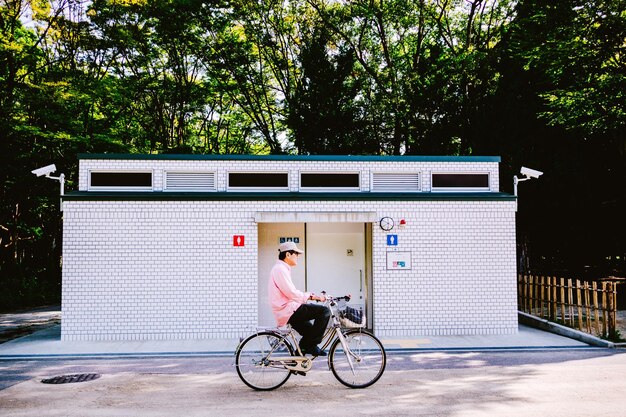Navigating New York's Homeless Shelters: Your Essential Guide
In the bustling streets of New York City, the issue of growing homelessness is a palpable challenge. If you or someone you know is in need of shelter, understanding your options and the resources available can make all the difference. Let’s explore how New York's homeless shelter system works and what additional avenues for assistance you might consider.
What to Expect from New York Homeless Shelters
New York City offers an extensive network of shelters designed to provide temporary housing to those in immediate need. Emergency shelters are the primary resource for individuals and families facing sudden homelessness. They offer a safe place to stay and typically provide meals, showers, clothing, and access to social services that aim to help visitors stabilize their lives.
When arriving at a shelter:
- Registration is required, which often involves an assessment to determine specific needs.
- Services range from counseling and job training to healthcare access, all meant to aid in the transition from homelessness to stable housing.
Importantly, New York City operates under a right-to-shelter mandate, meaning that anyone eligible should eventually receive shelter. However, due to high demand, the system can sometimes be overwhelmed.
Beyond Shelters: Exploring Government Aid and Support Programs
While shelters provide immediate relief, sustainable recovery often demands broader solutions. Several government aid programs are available to assist individuals and families on a path to permanent housing and financial stability.
Financial Aid and Housing Assistance
- New York City Human Resources Administration (HRA): Offers various forms of public assistance, including rent support and eviction prevention programs.
- Section 8 Housing Choice Voucher: Provides subsidies for low-income families to secure permanent housing in private residences.
- Home Stability Support (HSS): A proposed initiative aiming to offer temporary shelter supplements for eligible families and individuals facing homelessness.
Debt Relief and Credit Options
Addressing financial instability is another essential step towards self-sufficiency:
- Debt Relief Programs: Various nonprofit organizations offer debt counseling and consolidation services to help manage debts more effectively.
- Credit Counseling Services: Programs like those provided by local credit unions can help individuals rebuild their credit score and financial health.
Unlocking Educational Opportunities
Education can play a vital role in breaking the cycle of poverty. The city provides educational grants and job training programs designed to equip individuals with new skills and increase employability, including:
- NYC Training Guide: A resource for workforce development and skill-building opportunities.
- Federal Pell Grants: Available to low-income students who qualify for post-secondary education assistance.
A comprehensive approach involving shelter support, financial management, and education can offer a pathway to lasting change. By leveraging these resources, those experiencing homelessness in New York can find hope and opportunity on the road to stability.
Key Resources for Financial and Educational Assistance 🏢💰📚
- NYC Human Resources Administration (HRA): Offers emergency rental assistance and public assistance benefits.
- Home Stability Support (HSS): Pending initiative for temporary shelter supplements.
- Debt Relief Programs: Consider nonprofit credit counselings, such as National Foundation for Credit Counseling.
- NYC Training Guide: Access to training and educational programs for job readiness.
- Federal Pell Grants: Financial aid for qualifying low-income students pursuing higher education.
